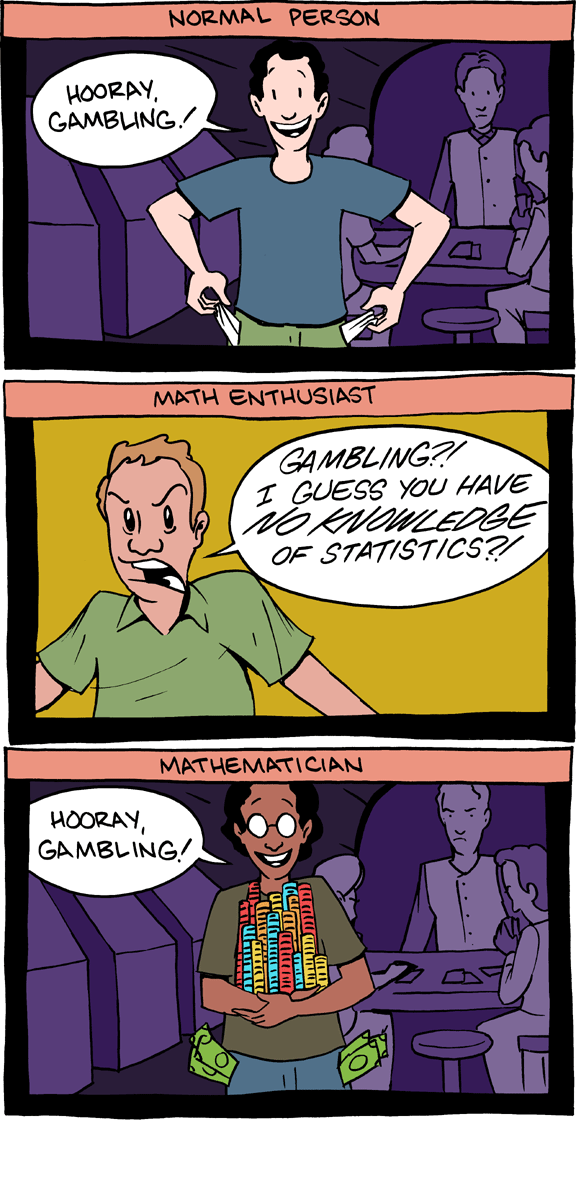Assorted bits of internet, selected from a stratified sample, sorted in ascending sequence, collated, assembled in logical order, then just sort of thrown in a pot and given a good hard shake. Completely by accident, I seem to have a fine selection of game design articles for this edition. How did that happen?
--- The Grinder - August 2011 ---
PAXsims - The latest Game Design blog I am following. Some good stuff here I need to check out.
IO9: Robot Art Wallpapers

PAXsims - The latest Game Design blog I am following. Some good stuff here I need to check out.
IO9: Robot Art Wallpapers

 |
| A Fafnir crashes the party |
Wargamer's Notebook: The Moment -- "I wish this was something I experienced more often. The point during a wargame after several plays or turns when things magically click. The moment when the scaffolding of the the rules and latticework of the bits fall away and the narrative zooms into the foreground and you - as the player - are completely absorbed by the game. Events occur that could not have been imagined, but that are totally plausible. Victory hangs in the balance. And you are not moving counters or playing cards, but making choices that give you hope of victory."
Space Disaster!
Genius Sir!
More irreverent humor to be found at Perry Bible Fellowship.
Desert Scibes brings us a bit bit of gaming history at Supergalactic Dreadnaught:
Gamasutra: Game Design Essentials: 20 Real-World Games
Chess, Go, and Life. Which one is the Best. Game. Ever. A nice bit of gamey mathiness from Patterns in the Void.
Finally, this is just cool.

 |
| original |
 |
| original |
Desert Scibes brings us a bit bit of gaming history at Supergalactic Dreadnaught:
NOTE: Scott R. Spicer (credited as "S.R. Spicer, Lt., TFSF"), along with his father, Ron Spicer (R.E. Spicer, Lt. Commander, TFSF), developed the Starfleet Warsminiatures line for Superior Models. As you probably know if you've read this blog before, the SfW universe contains five starfaring factions, each with a distinctive design style. Curious about the origin of this game and its minis, I emailed Scott Spicer about his work on these spaceship models. He was gracious enough to reply to my inquiry, and his response follows in its entirety ...
Gamasutra: Game Design Essentials: 20 Real-World Games
Chess, Go, and Life. Which one is the Best. Game. Ever. A nice bit of gamey mathiness from Patterns in the Void.
Finally, this is just cool.































